Martin Bosley
With more than 30 years of experience in New Zealand’s gastronomic wonderland, chef-restaurateur, columnist, author and pioneer of New Zealand food culture, Martin Bosley has cemented his name among the greats.
Annie Millton
Annie Millton owns Millton Vineyards & Winery in Gisborne with her husband James. She is passionate about her land, for food and for wine. The long lunches Annie hosts in their beautiful vineyards are legendary.
Food Trucks
The food at Wellington’s Harbour Side markets is a glorious collection of cuisine, culture and flavour from around the world. It’s nourishing, authentic and bursting with taste and character. The dishes from George’s Greek Food Truck and Zaaffran – A taste of Morocco Food Truck epitomise this foodie heaven.
Know Your Cut
This part of the carcase is normally split down the backbone but can be left in the form of a bone-in saddle which is BEST FOR cutting into butterfly chops, but to do this you need to ask your butcher to saw through the bone.
The loin can be purchased either as a bone in or boneless joint.
- The bone-in loin is BEST FOR cutting into chops and individual chops can be cut with a strong butcher’s knife by cutting down between each vertebra in the back bone.
- The boneless loin is BEST FOR cooking on the grill, BBQ or pan fried. It is one of the most tender cuts and should not be overcooked. We recommend cooking for no more than 2-3 minutes on each side over a high heat, and it is an ideal cut on which to try your favourite marinade.
- The tenderloin comes from the underside of the loin and is the equivalent of fillet steak in beef. Like the boneless loin it is BEST FOR cooking on the grill, BBQ or pan fried, but very quickly so it does not dry out. It is also ideal for cutting into cubes and cooking as a kebab on a skewer.
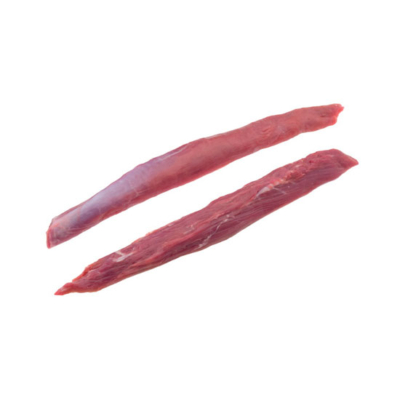
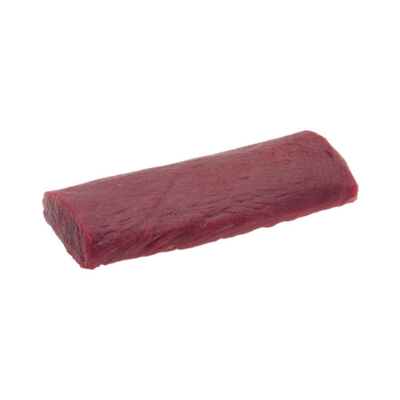
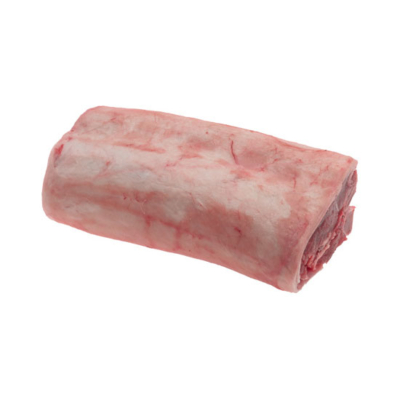
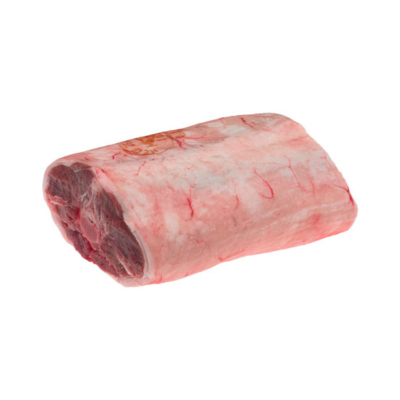
The flap is a cut that has a lot of variation in shape and size as this will be determined by the other prime cuts that have been produced.
Normally the Bone-in whole Flap will come in one piece with the rib set attached. It is BEST FOR either dicing into cubes and including in Asian or Mediterranean style cuisine or it can be alternatively boned out, stuffed and rolled into a joint for roasting. However it is best slow cooked to break down the fibres.
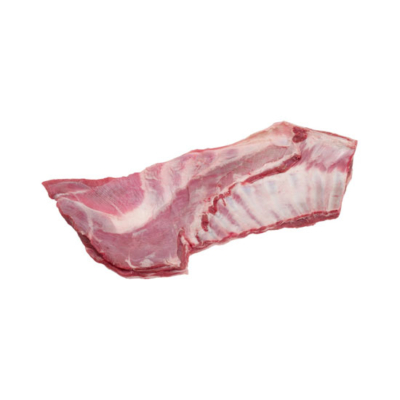
The lamb shoulder is traditionally known as the sweeter part of the lamb and can be butchered in a number of ways.
- The Square-cut shoulder is a fully bone-in product traditionally purchased by butchers who slice it through a band-saw into shoulder chops. However, it is also used as a whole roasting joint. The chops would be BEST FOR slow cooking in a tagine or casserole style dish.
- The shoulder can also have all the rib bones removed and become known as an Oyster-cut shoulder shank on or Oyster-cut shoulder shank off. These joints are BEST FOR roasting as a whole joint in a moderate oven. They are particularly popular in Hispanic and Mediterranean cuisines.
- A fully Boneless shoulder is another option and is normally either tied or netted. This is BEST FOR roasting and can also be stuffed before being tied or netted.
- A 4 rib shoulder rack has the back bones removed and the ribs are exposed by French-cutting. This cut is BEST FOR roasting whole and then cutting into shoulder cutlets for serving or alternatively cooked long and slow so the meat just falls off the bone.
The Fore shank is normally always bone in and BEST FOR slow cooking and served as single portion.
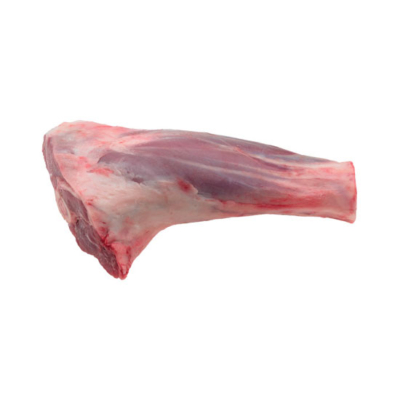
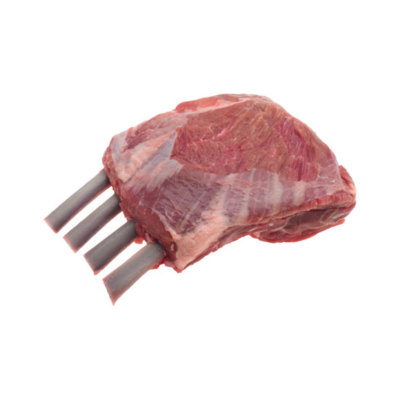
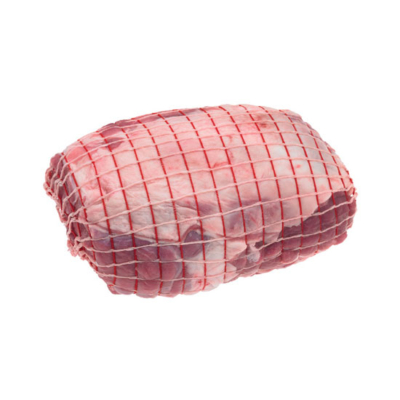
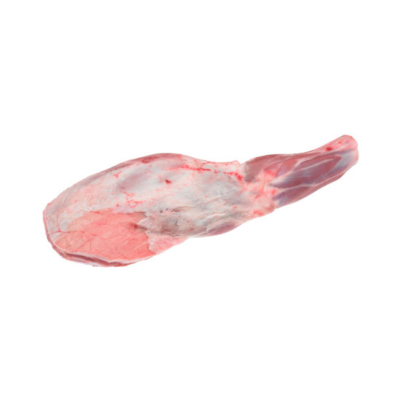
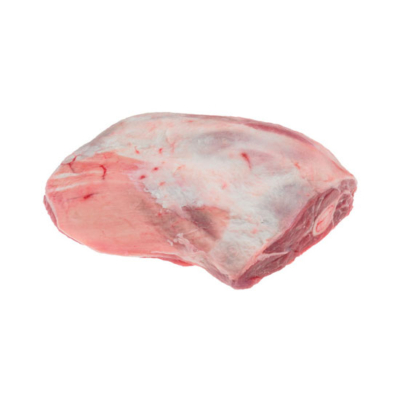
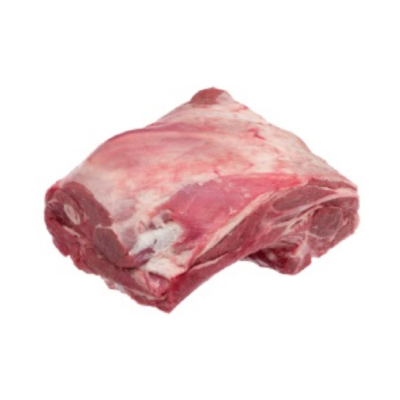
The Neck is always produced bone-in and can be cut by your butcher into neck chops. However, it is normally sold as a whole cut and BEST FOR long slow cooking in a tagine or casserole dish to allow the meat to fall off the bone.
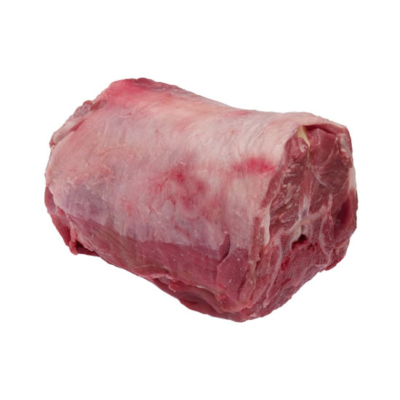
The rack is probably the most famous and well known lamb cut, served in many of the world’s 5 star restaurants.
Normally with 8 ribs the rack is available in various stages of further preparation.
- The Standard rack has the back bone, known as the chine and feather bones left in-situ. These are BEST FOR consumers who have a meat saw and can cut into rib chops. Alternatively get your butcher to cut them for you.
- The CFO rack, standing for ‘Chine and Feather bones (or backbone) Off’ is similar to the standard rack but with these back bones removed it is very easy to cut between each rib with a sharp knife. These can be cut at home and are also BEST FOR cooking on the grill or BBQ as individual rib chops.
The Frenched rack is the premiere rack cut. It also has the chine and feather bones off, and additionally has the fat cap removed from the outside and each rib is French-cut exposing the rib ends. Without question BEST FOR fast roasting or cooking on the BBQ whole and then when cooked each cutlet can be easily cut with a knife for serving. By cooking as a whole joint the moistness is retained and you get the fresh pink meat colour when cutting into chops.
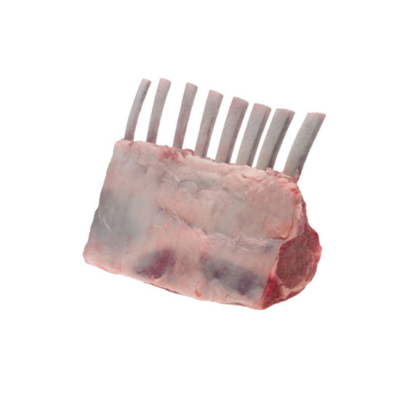
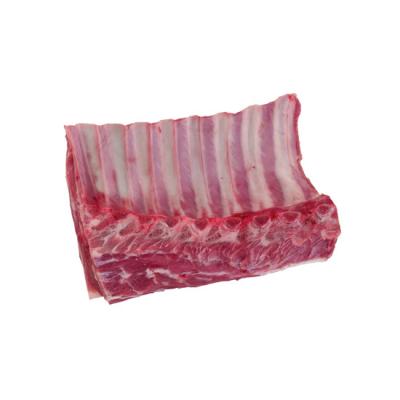
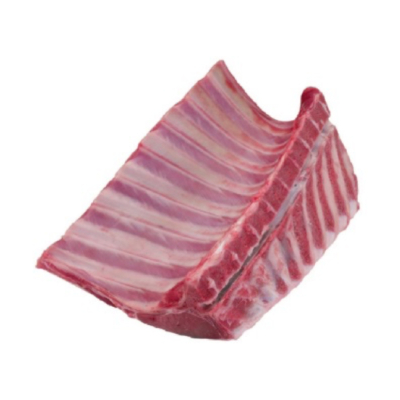
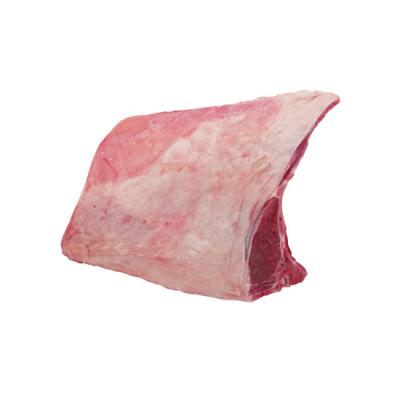
The leg is made up of 5 different muscles (chump or rump, shank, topside, silverside and knuckle) that can be either left as a whole leg or butchered into individual pieces.
- Hind Shanks are normally always bone in and BEST FOR slow cooking.
- The whole leg can be either a bone-in leg shank on or boneless leg shank off and BEST FOR roasting as a whole joint.
- The chump can be either cap off or cap on and BEST FOR grilling, barbeque or steaking.
- The three main individual muscles of topside, silverside and knuckle are always boneless and BEST FOR mini roasts or dicing or slicing.
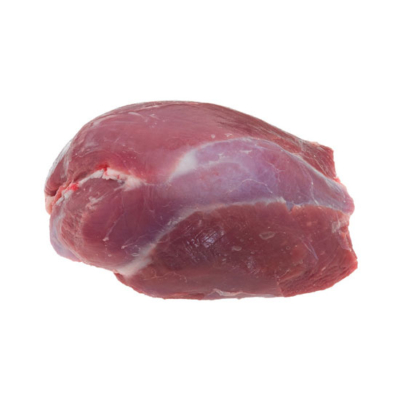
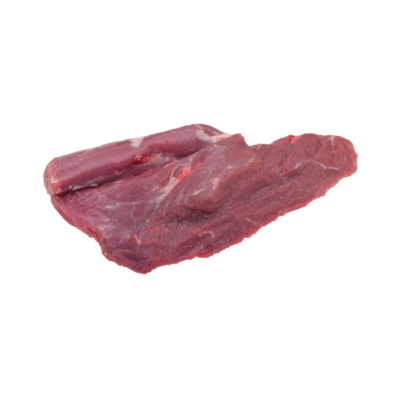
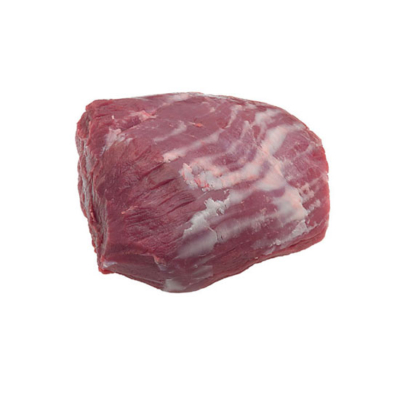
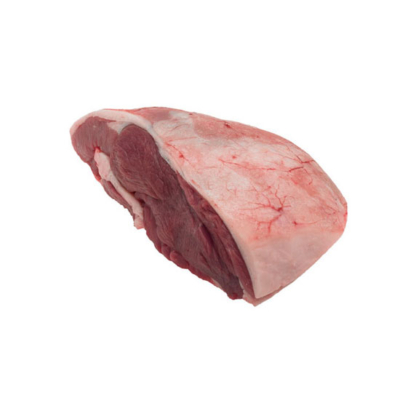
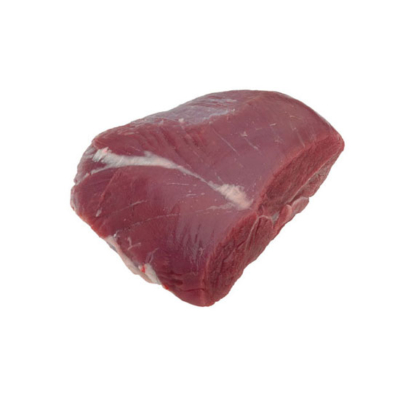
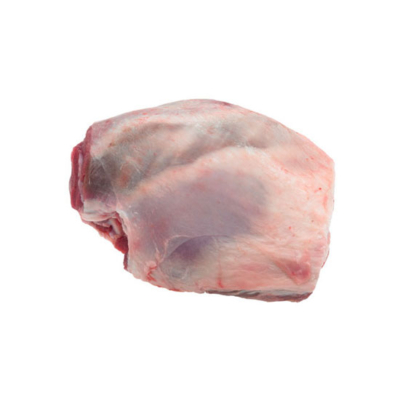
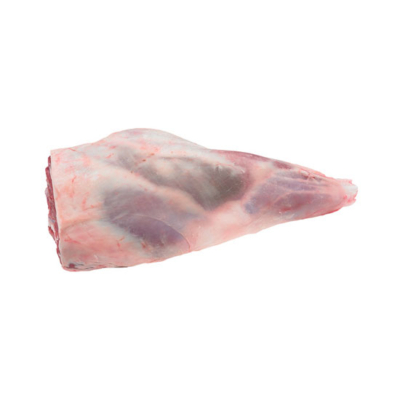
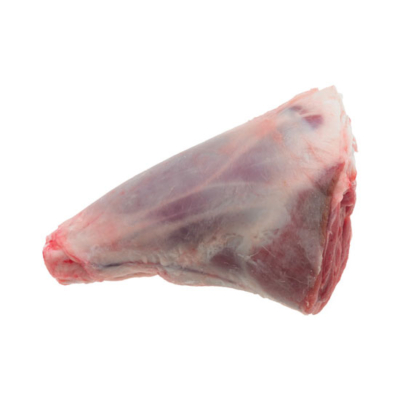
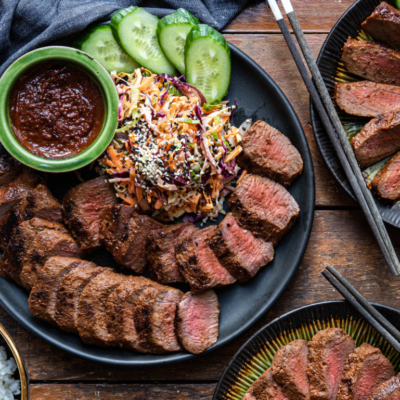
Gochujang lamb loin with kimchi slaw
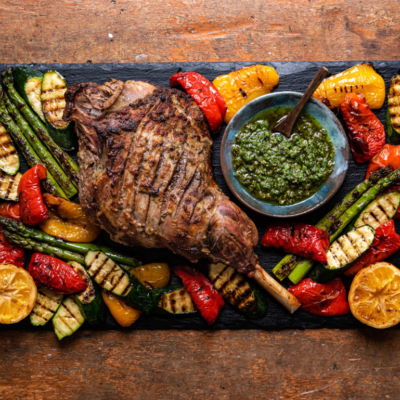
Roast lamb leg with mint chimichurri
Serves Serves 6-8
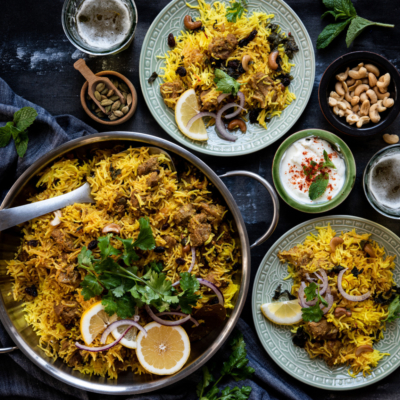
Lamb Biryani
Serves 6
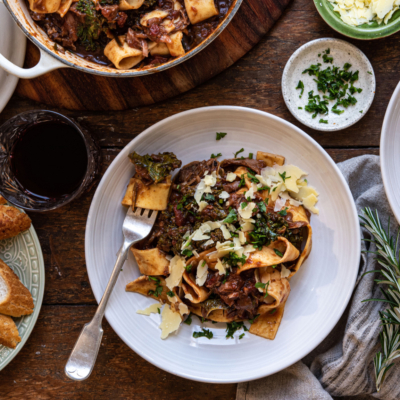
Lamb Shank & Kale Ragu
Serves 4-6
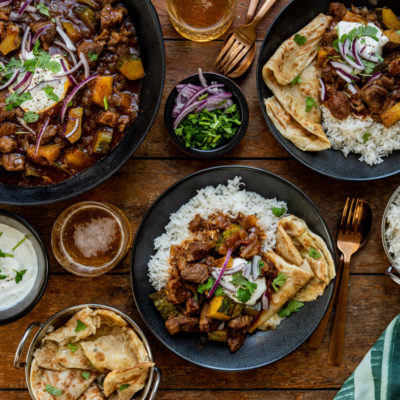
Lamb Rump Curry
Serves 6-8
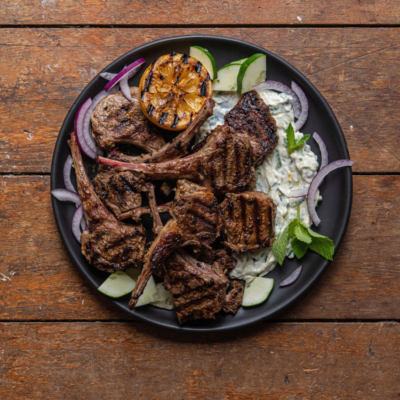
Greek-style Lamb Cutlets with Tzatziki
Serves 4

Barbecued garlic and rosemary lamb chump (rump)
Serves 4
Time to cook: 20 minutes

Moroccan mechoui
Serves 6-8
Time to cook: Up to 9 hours. The longer the better

Slow cooked lamb ribs, barbecue sauce and roasted sesame dressing
Serves 4
Time to cook: 2 ½ hours
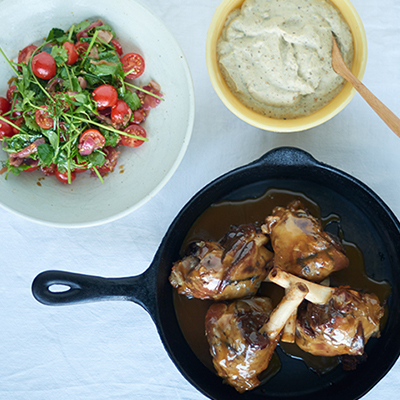
Slow cooked lamb shanks with optional Tomato and Coriander Salad
Serves 4
Time to cook: 2½ hours

Roast rack of lamb with tomatoes and parsnips
Serves 2-4
Time to cook: 1 hour
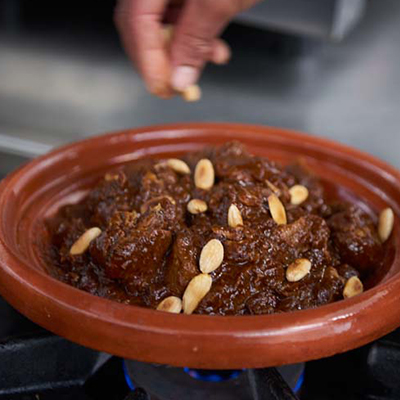
Lamb tagine with prunes
Serves 4
Time to cook: 1 ½ hours
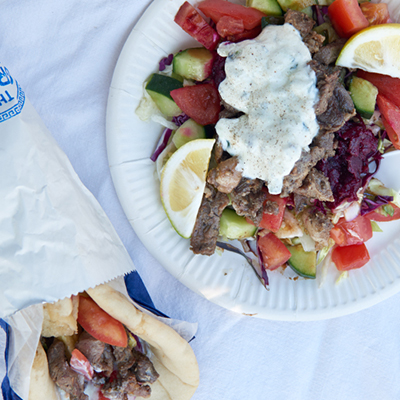
Souvlaki wrap
FOR MORE RECIPE INSPIRATIONS GO TO
COOKING tips
- Ovation lamb is extremely versatile. Cooked correctly it’s tenderness and delicate flavour provides a unique dining experience.
- If possible, remove meat from refrigerator about 30 minutes before cooking.
- Each cut of lamb is unique and some require long slow cooking while some require faster times. The meat should be cooked for the correct amount of time, according to the cut.
- Searing meat helps to seal in the flavour and the juices whilst cooking. To do this, lightly rub the lamb with oil and season with salt and pepper. Turn in a smoking pan so that each surface of the meat is coloured.
- All lamb should be rested underneath foil on a warm plate after cooking to retain the moisture and prevent dryness. The length of time you should rest your lamb depends on the cut, the size of the piece and the cooking time. The more rapidly the lamb has been cooked, the longer you will need to rest it.
For example, a rack of lamb that has cooked at a high temperature for 20 minutes after searing, should rest for 20 minutes.
A leg that has been roasting at a medium temperature for 1 hour 30 minutes would only need to be rested for ½ hour.
A shoulder that is slow cooked at a low temperature for 3 hours would only need 20 minutes of resting.
Roast leg of lamb
Preheat the oven to 220°C / 430°F. Place the oiled, seasoned leg in a roasting dish and sear in the oven at this heat for 15-20 minutes, then turn it down to 160°C / 320°F, and continue to cook for 1 hour for a medium leg, or slightly longer (10-15 mins extra) if it’s a larger piece, or you prefer it more cooked.
Roast shoulder of lamb
Cook as per the roast leg of lamb but reduce the cooking time to ½ hour to 45 minutes on the lower temperature of 160°C / 320°F following the initial searing process.
Legs and shoulders
Sear the meat as per the standard, however when you turn the oven down, turn it to 120°C / 250°F and cook for around 3 hours. This method will give the lamb the ‘fall-apart’ effect with deeper, juicier, more succulent flavours.
Ideal for racks. Preheat oven to 220°C / 430°F. Brush the meat with oil and season well. Sear in a hot pan on each edge.
Roast for 15-30 minutes depending on the thickness. 15 minutes will give a rare rack, while after 30 minutes it will be well done. Baste meat occasionally during cooking, remove from oven and cover with foil and rest in a warm place for 10-20 minutes before carving.
Ideal for chops, leg steaks, kebabs, frenched cutlets and butterflied leg.
Nick edges of leg steaks or chops to prevent curling during cooking. Brush with olive oil and season or marinate as desired. Preheat grill, BBQ or pan. For thin cuts 1-1.5cm thick, cook 2-3 minutes each side for rare or 4-6 minutes each side for medium. For well-done and thicker cuts, sear over a high heat and move to lower temperature to complete cooking. Don’t forget to rest these cuts as well before serving.
Cuts most suitable for smoking include bone in, or butterflied leg or shoulder, lamb ribs.
Lamb needs a subtler type of smoke (compared to beef for example) such as oak, grape vine, manuka (NZ), or apple wood (US), but any type of fruit wood will do. Even using wood chips with rosemary branches would create a sensational smoke flavour.
When using a smoker, get the smoke chamber temperature up to between 140-150°C / 285-300°F.
If using a grill, use the indirect grilling method, and aim for a grill temperature of 160°C / 320°F. Place a pan underneath the lamb to catch juices that can be used for a sauce or gravy.
This is a method which traditionally uses a lower temperature with the meat covered in liquid for example stock, and/or wine or water. It is ideal for whole joints (leg or shoulder) or cuts such as neck chops, leg chops, shanks or forequarter chops as it softens the texture of the meat to make it tender.
When preparing, cut the meat into serving size portions rather than smaller diced sizes. Sear the pieces in a hot pan as usual, and place them on top of sautéed vegetables in a covered cooking dish or pan and add the liquid. Cook on a low heat between 130 -160°C / 265-320°F so that the liquid barely simmers for 2½-3 hours until meat falls apart with a fork. You can turn the cooking liquid into a sauce to serve.
- Ideally defrost Ovation lamb overnight in a refrigerator.
- Alternatively, thaw vacuum or poly bagged Ovation lamb in a sink of cold water, ensuring the packaging is watertight.
- Microwave thawing is not ideal but can be used if necessary, using the following guide and times.
| Type of cut | Thaw time in microwave (based 700 watts) |
| Smaller cuts, (chops, steaks, racks, seamed leg joints) | Allow 5 minutes per 450g. Turn meat halfway through thawing time. |
| Roasting or larger joints | 10 minutes per 450g. Turn meat over halfway through thawing. At the end let meat stand for at least 10 minutes to equalize the temperature. |
- Lamb has an extremely versatile flavour. It will partner with herbs, spices and flavouring methods from many countries and ethnicities. Popular companions to lamb are rosemary, garlic, mint, chilli, anchovy, lemon zest to name a few.
- Garnish does not need to be complex. It can be as simple as perfectly placed herbs or a drizzle of infused olive oil.
While Ovation lamb provides a unique taste experience of its own, marinating the product introduces additional flavour profiles that complement the meal occasion. Be adventurous and try some of the different options below but always use quantities that you feel suit individual tastes.
Mix all the ingredients together and marinate the lamb for at least two hours to allow the flavours to fully develop, but if you have time you can leave the meat marinating for up to 24 hours.
Spicy Yogurt Marinade
– Natural yogurt, Tabasco sauce, cinnamon, paprika, fresh or dried chilli, bay leaf, cracked pepper. Combine all ingredients. Remove excess yogurt before cooking.
Cooked Wine Marinade
– White wine, port wine, finely diced carrot, onion, celery, finely chopped mint or basil. Combine all ingredients in a saucepan; bring to a boil. Simmer for 5 minutes; remove from stove. Cool.
Oil And Herb Marinade
– Olive oil, crushed garlic, selection of finely chopped herbs i.e. Parsley, marjoram, basil, thyme, chives. Combine all ingredients.
Fruit Puree Marinade
– This marinade is ideal when there is an abundance of ripe fruit. Purée your favourite ripe berries or stoned fruit.
- For a sweet taste, add fresh juice and a little sugar to taste
- For a sweet/sour flavour, add lemon juice and sugar to taste
- For a spicy note, add one or two compatible spices.
Oriental Marinade
– Soy sauce, grated ginger, crushed garlic, honey, oriental mustard. Combine all ingredients. For a milder marinade, dilute with water to taste.
Caribbean Marinade
– Lime juice, soy sauce, pineapple juice, taco seasoning. Combine all ingredients in a saucepan and bring to the boil. Remove from heat; allow to cool before use.
Rosemary & Garlic Marinade
– Dry white wine, freshly squeezed lemon juice, finely chopped garlic, chopped fresh or dried rosemary, salt and freshly ground black pepper, olive oil. Combine all ingredients.
Lamb of course has its own natural flavour reflecting the grasses on which it has been raised but there’s no denying the importance of matching your lamb with the perfect sauce. Using the ingredients that appeal be adventurous and create your own sauce. Heat all the ingredients in a saucepan on a low heat and stirring regularly, allow to thicken.
Tomato and Herb Sauce
– Finely chopped onion, chopped tomatoes, tomato purée, paprika, basil and marjoram.
Cumberland Sauce
– Redcurrant jelly, chopped shallots, lemon juice, port, orange juice and English mustard.
Pacific Sauce
– Oil, root ginger, crushed garlic, passion fruit, papaya, water, salt and pepper.
Sesame Sauce
– Chicken stock, sesame paste, Japanese rice wine, Japanese white rice, vinegar, salt and pepper, chopped spring onion.
Fruit Mousseline and Rosemary Jus
– Cooking apples, pine kernels, sultanas, lemon juice, castor sugar and gelatine. Lamb stock, butter, roast lamb residue, rosemary.
Madeira and Pink Peppercorn Sauce
– Demi glacé, brandy, madeira, pink peppercorns.
Stir Fried Papayas and Sweet Soya Sauce
– Walnut oil, firm papayas, orange juice, sweet soya sauce, lime juice, lemon grass and fresh ginger.
Hot Chilli and Lemon Sauce
– Red chilli pepper, lime juice, lemon grass, orange and ginger marmalade, finely chopped spring onion and lamb stock.
Spicy Tomato Sauce
– Garlic, mushrooms, red wine, tomato sauce, beef stock, salt and pepper.
